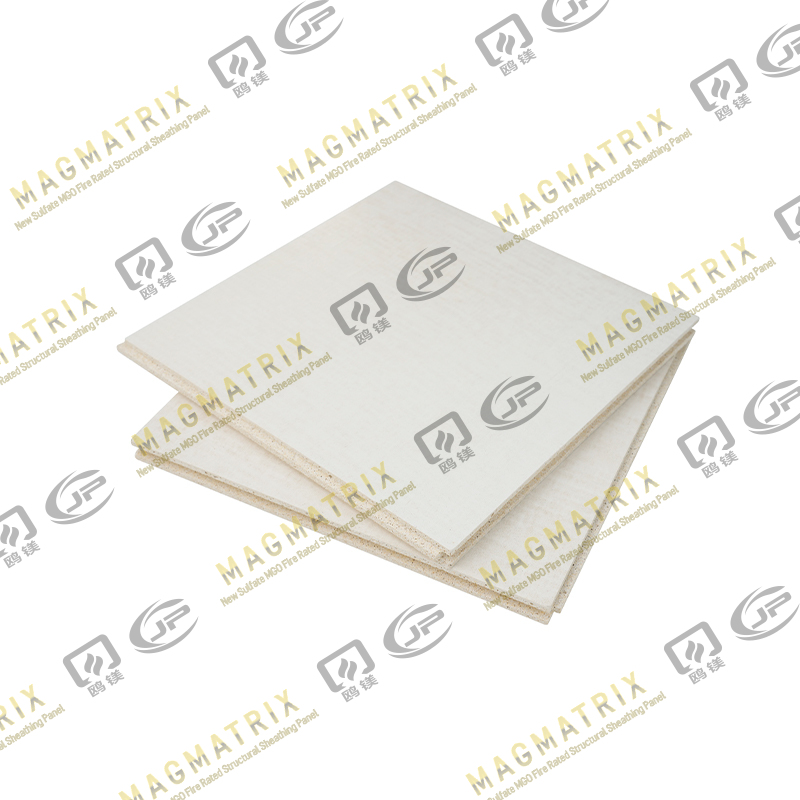When constructing or renovating a building, one of the key considerations lies beneath the visible surfaces: the subfloor. It is the structural layer that supports finished flooring materials such as tiles, hardwood, vinyl, or carpet. Traditionally, subfloors have been made from plywood, oriented strand board (OSB), or cement board. However, in recent years, a newer material has gained attention in the construction industry — Magnesium Oxide (MgO) Underlayment Board.
1. Understanding the Role of a Subfloor
Before evaluating the suitability of MgO boards, it’s essential to understand what a subfloor does. A subfloor serves as the foundation for all the flooring materials above it. It must:
- Provide a stable, flat, and durable base for floor coverings
- Distribute loads evenly to prevent deformation
- Resist moisture, impact, and wear over time
- Contribute to sound insulation and fire resistance in some cases
In residential and commercial construction, subfloors typically rest on floor joists or concrete slabs. The chosen material must withstand both static and dynamic loads, as well as environmental factors such as humidity and temperature changes.
Magnesium Oxide (MgO) Underlayment Board is an engineered building panel made primarily from magnesium oxide, magnesium chloride, and reinforcing materials such as fiberglass mesh, perlite, or wood fibers. It’s manufactured through a low-energy process that combines strength, lightweight structure, and environmental sustainability.
MgO boards were initially popular in Asia and Europe but have since spread globally due to their durability and eco-friendly properties. They are commonly used as underlayment, sheathing, wall panels, ceiling boards, and tile backers.
In subfloor applications, MgO boards act as an intermediate layer between the structural floor and the finished flooring surface, helping to improve dimensional stability, sound control, and moisture protection.
3. Mechanical Strength and Load-Bearing Capacity
One of the most important criteria for subfloor suitability is mechanical strength. MgO Underlayment Board typically offers excellent compressive and flexural strength, comparable to or even higher than that of traditional cement boards.
Typical mechanical values include:
- Compressive strength: 40–60 MPa
- Flexural strength: 8–15 MPa
- Density: 900–1200 kg/m³
These figures mean that MgO boards can bear substantial loads without deformation. When installed correctly over a solid substrate or joist system, they can serve as a reliable subfloor base. Their rigidity also prevents floor coverings such as tile or vinyl from cracking under stress.
However, the load-bearing capacity also depends on board thickness. For subfloor use, thicker boards (usually 10–20 mm) are recommended to ensure structural integrity and long-term performance.
4. Moisture and Mold Resistance
One of the most significant advantages of MgO Underlayment Board over plywood or OSB is its resistance to moisture, mold, and mildew.
Traditional wood-based subfloors can swell, warp, or rot when exposed to water or high humidity. In contrast, MgO is an inorganic material that does not absorb water easily, nor does it support fungal growth. This makes it an excellent choice for bathrooms, kitchens, basements, and other high-moisture environments.
Additionally, MgO boards maintain their dimensional stability even after multiple wet-dry cycles. This feature enhances the longevity of flooring systems and reduces maintenance costs over time.
However, it is important to note that while MgO is moisture-resistant, it is not waterproof. Prolonged water exposure can lead to surface degradation or salt leaching. Therefore, for applications in areas subject to standing water, proper waterproofing layers or membranes should be used in conjunction with the boards.
5. Fire Resistance and Safety
MgO Underlayment Board is inherently non-combustible and has excellent fire resistance properties. It does not ignite, emit toxic fumes, or contribute to flame spread when exposed to high temperatures. Many MgO boards have fire ratings of A1 or A2, meaning they meet the highest standards for building fire safety.
In subfloor applications, this property enhances overall fire performance of the flooring system, particularly in multi-story buildings, public facilities, and commercial spaces where fire-rated assemblies are required by code.
6. Dimensional Stability and Thermal Performance
Unlike wood or gypsum-based products, MgO Underlayment Board exhibits very low thermal expansion and contraction. It maintains its dimensions under varying temperatures, which helps reduce the risk of floor cracking or tile delamination.
This dimensional stability also allows for seamless installation of large-format tiles or stone over MgO subfloors. Moreover, its thermal conductivity makes it compatible with radiant floor heating systems, efficiently transferring heat without degrading or off-gassing.
7. Acoustic and Impact Performance
A quality subfloor system must also address acoustic performance, especially in multi-unit housing or office spaces. MgO Underlayment Board provides a dense, rigid layer that helps reduce airborne and impact noise transmission. When combined with acoustic mats or resilient layers, it can meet building code requirements for sound insulation between floors.
This acoustic benefit, paired with the board’s strength and fire safety, makes MgO boards increasingly popular in apartment buildings, hotels, and educational facilities.
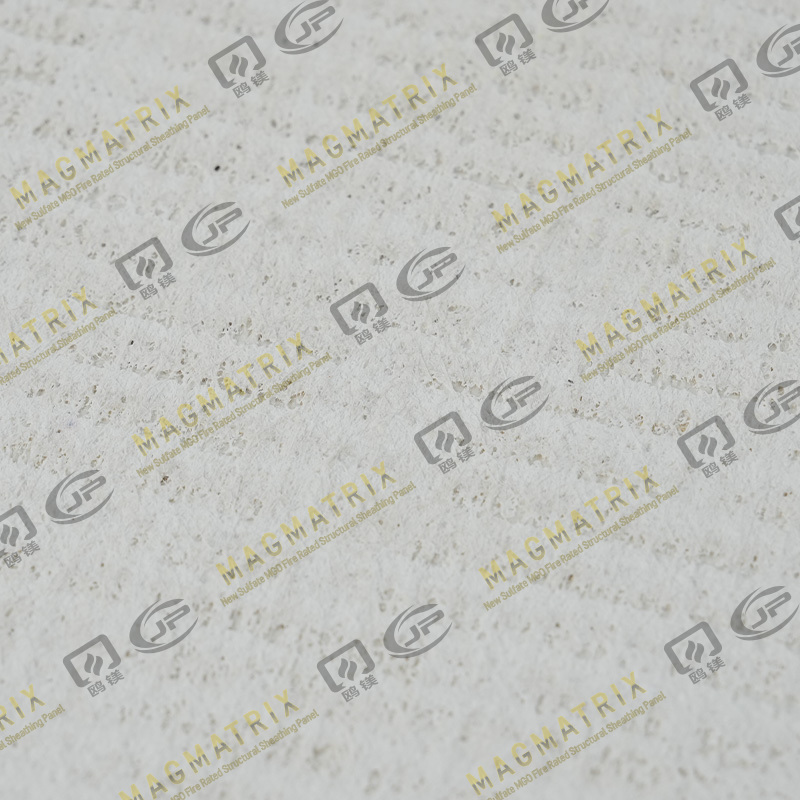
8. Environmental and Health Considerations
In an era of growing sustainability concerns, MgO Underlayment Board stands out as an eco-friendly alternative. Its production emits less CO₂ compared to Portland cement-based products, and it contains no formaldehyde, asbestos, or volatile organic compounds (VOCs).
Moreover, MgO is recyclable and non-toxic, contributing to healthier indoor air quality. Builders and developers seeking green certifications such as LEED or BREEAM can benefit from incorporating MgO boards into their subfloor systems.
9. Installation Practices and Precautions
While MgO Underlayment Board can be an excellent subfloor material, proper installation techniques are critical to ensure optimal performance.
a. Substrate preparation:
The surface beneath the MgO board must be clean, level, and structurally sound. Any irregularities can lead to gaps or uneven load distribution.
b. Cutting and handling:
MgO boards can be cut using standard carbide-tipped saw blades. They should be handled with care to prevent edge damage.
c. Fastening and jointing:
Boards are typically secured using corrosion-resistant screws or mechanical fasteners. Joints should be staggered and sealed with appropriate joint compound or adhesive to prevent movement.
d. Moisture protection:
In humid environments or over concrete slabs, applying a moisture barrier beneath the board is advisable to prevent potential wicking or condensation issues.
e. Compatibility with floor finishes:
MgO underlayment can support a wide range of finishes, including ceramic tiles, vinyl, carpet, engineered wood, and laminate. For tile installations, a flexible adhesive and thin-set mortar should be used to accommodate minor movements.
10. Limitations and Potential Concerns
Although MgO Underlayment Board offers numerous benefits, it also has certain limitations that must be considered before use as a subfloor:
- Cost: MgO boards are generally more expensive than plywood or OSB. However, their longevity and reduced maintenance often offset the initial cost.
- Moisture sensitivity in poor-quality boards: Some low-grade MgO boards may absorb moisture over time or show surface efflorescence. Using certified, high-quality boards from reputable manufacturers is essential.
- Weight: MgO boards are heavier than wood-based alternatives, which can increase handling effort during installation.
- Fastener compatibility: Improper fasteners may corrode due to magnesium salts. Always use stainless steel or corrosion-resistant screws.
These concerns are manageable with correct material selection and installation procedures.
11. Comparison with Other Subfloor Materials
| Property |
MgO Underlayment Board |
Plywood |
Cement Board |
OSB |
| Moisture Resistance |
Excellent |
Poor |
Good |
Moderate |
| Fire Resistance |
Excellent |
Poor |
Excellent |
Poor |
| Mold Resistance |
Excellent |
Poor |
Good |
Moderate |
| Dimensional Stability |
Excellent |
Fair |
Good |
Fair |
| Environmental Impact |
Low |
Moderate |
High |
Moderate |
| Cost |
Moderate–High |
Low |
Moderate |
Low |
| Weight |
Moderate |
Light |
Heavy |
Light |
From the comparison, MgO Underlayment Board emerges as a strong candidate for subflooring in demanding environments where moisture, fire, or acoustic control is a priority.
12. Real-World Applications
Builders and designers have successfully integrated MgO Underlayment Board in various types of construction, including:
- Multifamily residential buildings where fire and sound insulation are essential
- Hospitals and schools that require non-toxic, mold-resistant materials
- Retail and commercial spaces with heavy foot traffic
- Bathrooms, kitchens, and basements where moisture resistance is critical
These practical examples illustrate the board’s adaptability and performance benefits in real-world scenarios.
13. Maintenance and Longevity
MgO Underlayment Board requires minimal maintenance once installed. It does not rot, rust, or delaminate under normal conditions. Routine checks for moisture exposure or joint integrity can help extend its service life. With proper installation and environmental protection, an MgO subfloor can last decades without significant deterioration.
14. Final Verdict: Can MgO Underlayment Board Be Used as a Subfloor Material?
Yes — MgO Underlayment Board can absolutely be used as a subfloor material, provided it is installed correctly and chosen for the right application. Its strength, moisture resistance, fire safety, and eco-friendly composition make it a compelling alternative to traditional subfloor options.
For projects where environmental performance, safety, and durability are top priorities, MgO boards offer long-term benefits that justify their higher initial cost. However, for simpler or budget-limited builds, traditional plywood or OSB may remain adequate.
The key lies in matching material performance with project requirements. With proper design consideration, MgO Underlayment Board can serve as a highly effective, modern subfloor solution that enhances the resilience and safety of flooring systems for years to come.
 BMSC 517 New Sulfate MgO Board
BMSC 517 New Sulfate MgO Board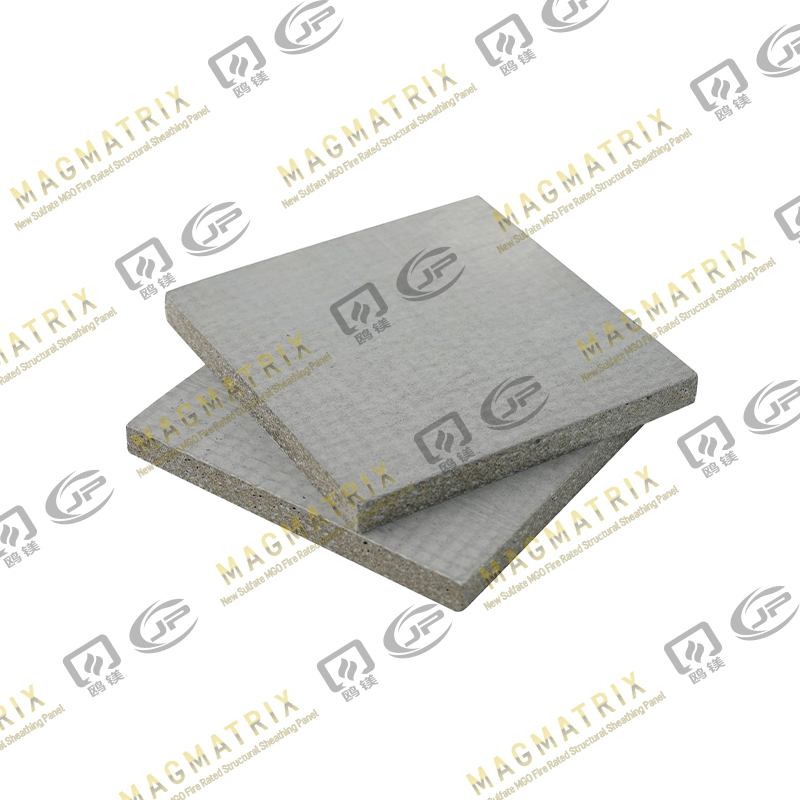 Multi-Support MgO Wall Sheathing Board
Multi-Support MgO Wall Sheathing Board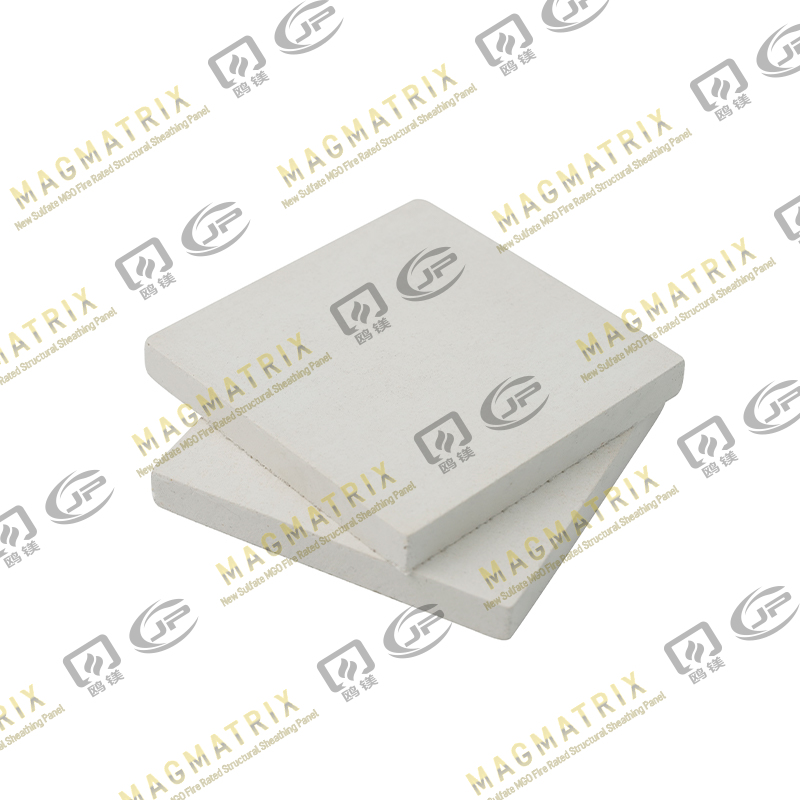 Perseverance MgO Wall Sheathing Board
Perseverance MgO Wall Sheathing Board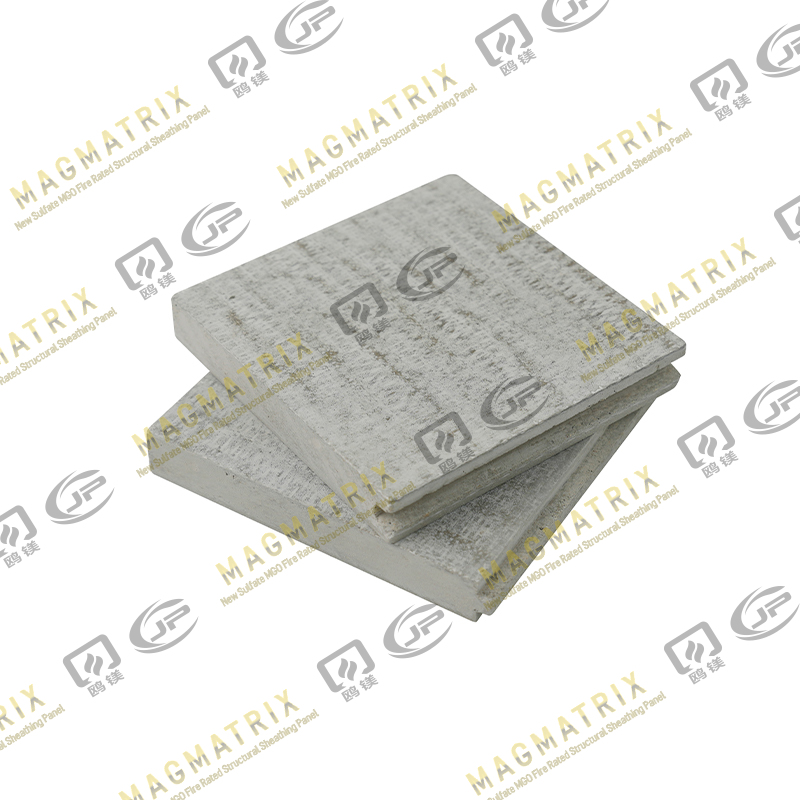 Multi-Support MgO Subfloor Sheathing Board
Multi-Support MgO Subfloor Sheathing Board Perseverance MgO Subfloor Sheathing Board
Perseverance MgO Subfloor Sheathing Board MagMatrix MgO Underlayment Panel/board
MagMatrix MgO Underlayment Panel/board


 English
English русский
русский Español
Español

